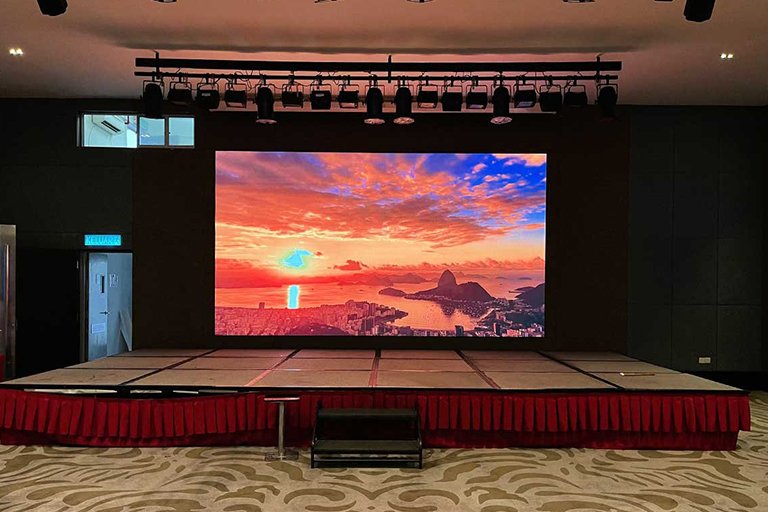In today' ;s fast-paced aesthetic world , LED screen rental are becoming a go-to answer for providing high-impact digital content. Whether used for stay events, corporate adjustments, or retail settings, LED surfaces provide an extraordinary mixture of range, lighting, and versatility. If you're discovering this technology, listed here is every thing you have to know to get started.

What Is an LED Wall?
An LED wall is a sizable exhibit area composed of numerous LED systems seamlessly tiled together to create one continuous screen. These panels contain numerous light-emitting diodes (LEDs) that create brilliant, vibrant images. Each diode emits red , green, or orange light, which mix to create full-color visuals.
Unlike traditional displays, LED surfaces are perhaps not restricted by measurement or shape. They can be developed to fit a wide range of configurations—from small indoor installations to substantial outside displays.
Where Are LED Walls Used?
LED walls are applied across various industries for various purposes, including:
Live activities and shows
Business reveals and exhibitions
Retail shows and promotion
Corporate displays and lobbies
Transmitted studios and get a grip on rooms
Their flexibility makes them excellent for any software that needs a strong, eye-catching visual experience.
Key Features and Benefits
LED walls present a few advantages that set them besides different show systems:
Smooth pictures – With no bezels between sections, content looks continuous and smooth.
Large brightness and distinction – Great for both indoor and outdoor use , even in brilliant lighting.
Modular design – Simply tailored to fit numerous dimensions, designs, and resolutions.
Longevity and longevity – Created to do easily over long periods, even yet in demanding environments.
Easy maintenance – Systems can be serviced individually, reducing downtime.
What to Consider Before Installation
Before buying an LED wall, consider facets such as pixel pitch (the distance between LEDs) , viewing range , installment site , and material needs.A smaller pixel frequency indicates larger resolution, that will be excellent for close-range viewing. Meanwhile, outside installations require weather-resistant sections with larger brightness levels.

Final Thoughts
LED surfaces have redefined the way visible material is shipped, offering a active and scalable solution for contemporary communication. As technology improvements, these features continue steadily to evolve—giving countless possibilities for creativity, branding, and market engagement.
